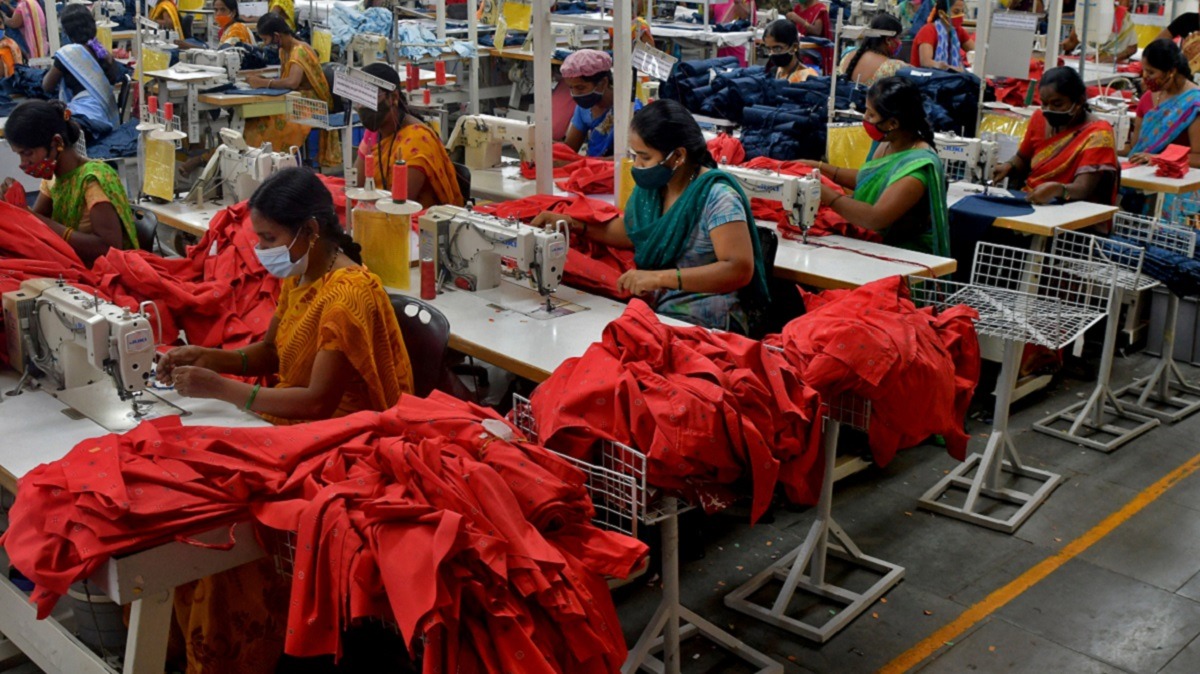Government’s infrastructure push and its impact on the textile industry
02 April, 2023

With the Central Government focussing strategically on the Infrastructure sector, the Indian economy is at the cusp of growth. This will have a better impact and will play a significant role in the advancement of the country. India’s Union Budget 2023-24, which was announced by respectable Finance Minister Nirmala Sitharaman had a significant focus on improving the overall infrastructure ecosystem, be it the creation of a robust road network, railroads, or airports or by simply creating disruptive projects. The central government has done a commendable job by focusing its synergies on the infrastructure industry. A budget of spending over $1.4 trillion, through the ‘National Infrastructure Pipeline’ projects, on infrastructure has been planned for the next five years.
A well-time-bound development plan can be met by 2025 through India’s goal of achieving $5 trillion. The Government of India (GoI) has launched initiatives such as Make in India and Production-Linked Incentives (PLI) schemes to boost the growth of the infrastructure sector.
To begin with, the capex spending on transportation and logistics sectors by the government has increased to Rs 10 lakh crores, which is roughly about 3% of our GDP.
Read More : Textile industry on verge of default
This move would have a ripple effect on multiple industries including the textile sector which could benefit from a smooth and sustainable infrastructure model. The government has also made an extensive capital allocation to modernise the overall transport systems of our country which would go a long way in improving the standards of our supply chain infrastructure. This is critical for the textile industry in terms of empowering SMEs, MSMEs and retail as well. The textile sector, specifically, is well poised to reap the rewards of the robust growth in infrastructure which would further help to address the challenges of this industry. Reforming schemes like the PM Mitra Park Scheme would aid the sector in terms of ‘ease of doing business’ that can help India transform from only a traditional textile industry to an MMF (man-made fibre) hub and technical textile in the world. Recently, Union Commerce Minister Mr Piyush Goyal announced an investment of Rs 4,455 crores under the PM Mitra scheme which would lead to the creation of seven mega textile parks that would streamline multiple verticals from spinning, weaving and dyeing to printing and garment manufacturing. The government plans to invest over Rs 70,000 crores to set up these parks, leading to a massive employment generation of over 20 lakh jobs.
Additionally, the PM GatiShakti scheme, which was launched in 2021, is specifically aimed at creating multimodal connectivity to aid the last-mile infrastructure across industrial and economic zones to the remotest parts of the country. This would bring down transportation costs of the textile industry significantly aiding in faster growth and expansion, especially when it comes to garment exports.
These strategic initiatives would lead our country to achieve a faster pace of economic growth which is pegged to be around 7%, which is extremely commendable when you compare it with the current global economic uncertainties. Post the pandemic, the Indian economy has already risen to become the fifth largest in the world with the average per capita income almost doubling in the same period. Lastly, the Union Budget announced in February 2023 focused on making India an ‘Atmanirbhar’ economy by empowering lower-income people and raising capital outlay. This would not only help us increase retail consumption levels but would also increase industrial growth as well.
Useful Links:
Source: www.financialexpress.com
